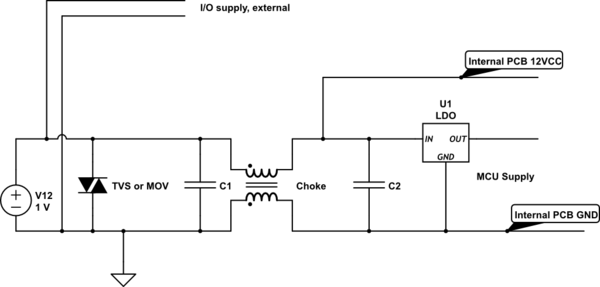Under the electrical characteristics, the optocoupler 4N26 typical "forward voltage" is given as 1.2V. But for sizing the input resistor Im have hesitations.
In my application as a control signal I will use an Arduino 5V digital output for the opto input. The optocpupler will then switch this SSR which requires 16mA to operate independent of input voltage. Here is the basic diagram:
In a net tutorial I found this information: "The CTR depends on the LED input current (IF) and the CTR decreases from a maximum point when the input current is both increased and decreased. If you look at the below diagram, the top of the curve is around the 6mA point. This is where the chip is most efficient."
In my case I have the black package and below is for the CTR vs Forward current:
Here my questions:
1-) So in my case by looking at the plot above I choose the forward current IF as 4mA and from datasheet the forward voltage is typical 1.2V. So I calculate:
R = (5 - 1.2) / 0.004 = 950 Ohm.
So I conclude 1k.
But in many examples I see much smaller resistor value.
Am I doing something wrong here?
2-)
In some examples they place the resistor in return path. Does that have any significance? Her an example:
edit:







